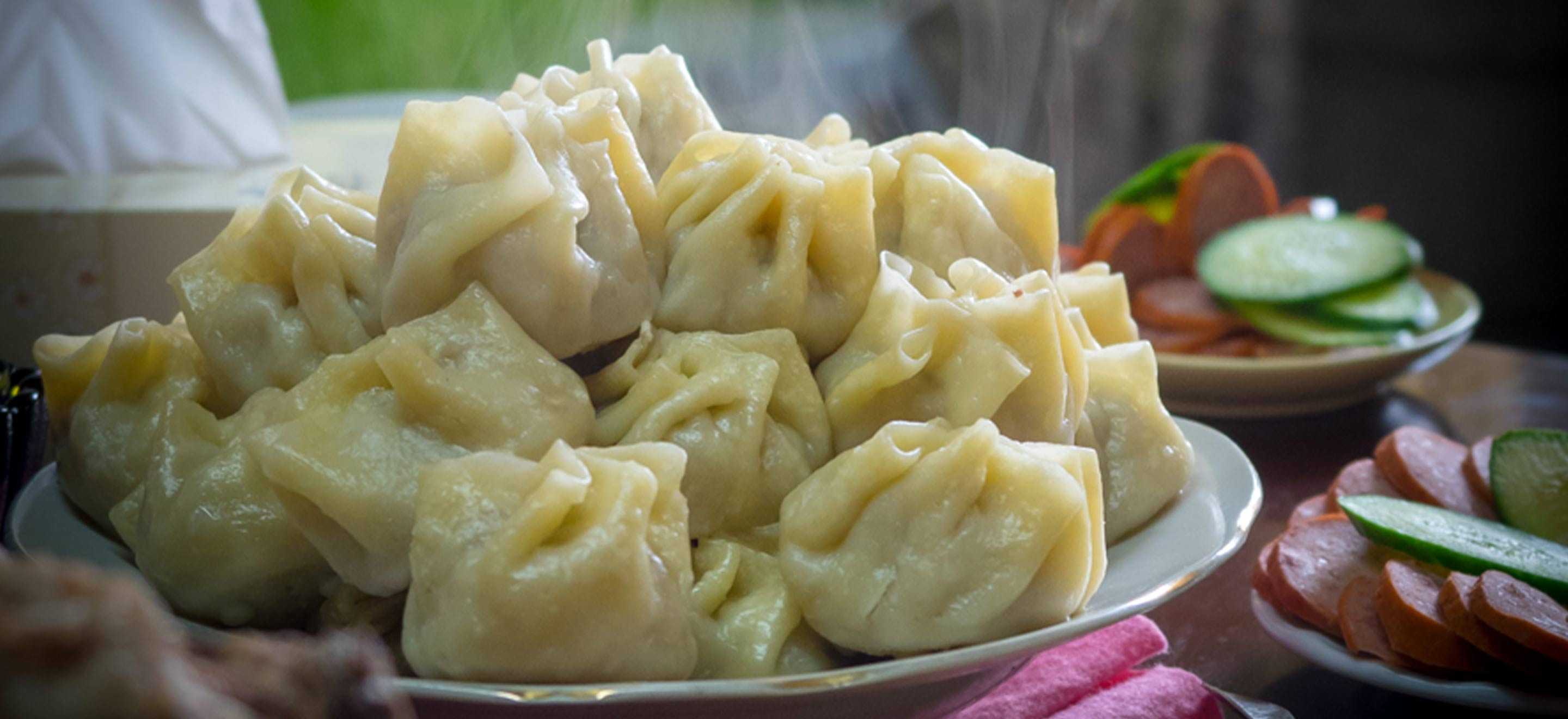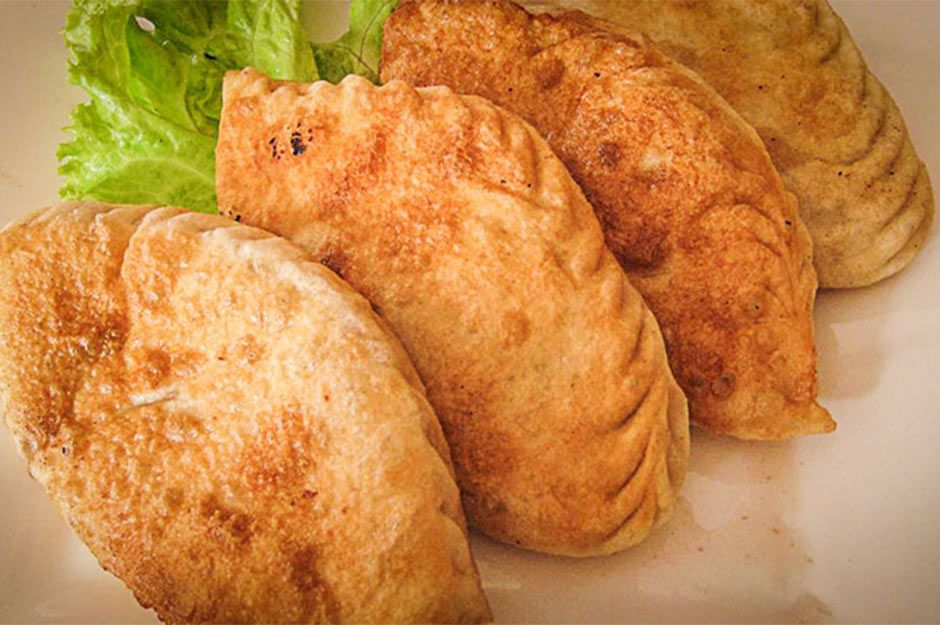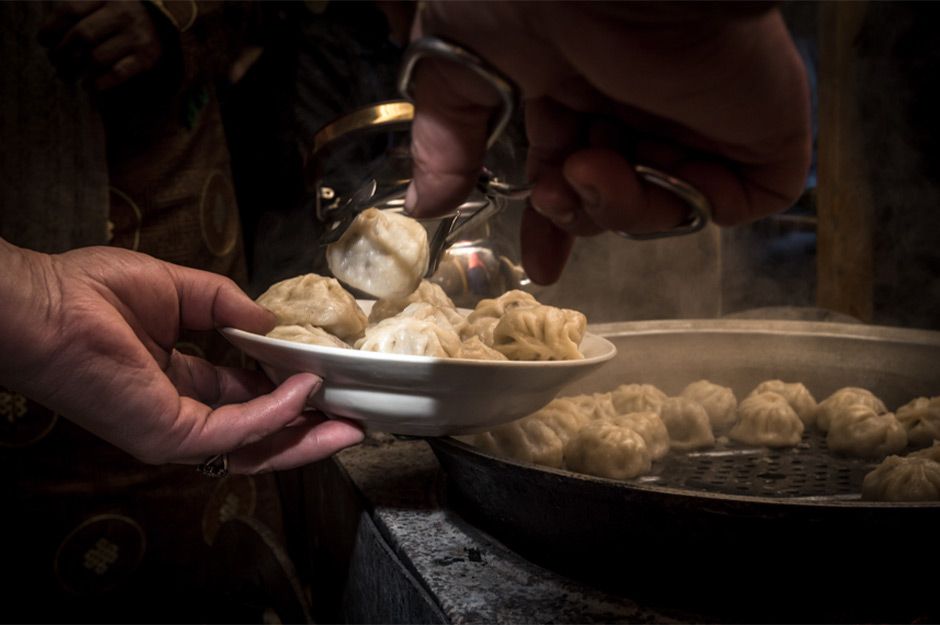
Top 7 Mongolian meals you must try
Top 7 Mongolian meals you must try
When you travel to Mongolia you can see that is a country of meat. All of the traditional meals are mostly made with mutton and beef. Mongolian nomads don’t usually excessively wash the meat before cooking. That’s why Mongolian dishes have strong smell. But that’s also the reason for their unique taste, even though the only seasoning on it is salt. When visit Mongolia, you should try these 5 meals.
Khorkhog (Mongolian barbaque)
It’s like turkey in Thanksgiving time. Mutton or goat meat are broken into pieces, and mixed with potatoes, carrots, and... rocks! Yep, rocks that are mainly taken from rivers since those ones have smoother textures. They will be put into fire beforehand, so as to sanitize them. But also to heat them up, they are what will cook our meal from the inside out after all. After the rock heating procedures are done, we put all our ingredients and stuff them into one big pot, and again put our pot into fire. And when the food is ready, you will first be served the rocks. Don’t eat them though. Try to juggle them on your hands without dropping them. The longer you hold the rocks, more the health benefits.
Main feature: Meat tastes as if it’s smoked, due to the rocks. Greasy. Rich flavor with tastes of veggies.
Khuushuur (fried pastry)
Khuushuur is made by putting a mixture of finely chopped meat and onions inside a flour pouch, and deep frying them. The best time to eat it is right after it’s done, while hot. Feel free to use your fingers. Friendly advice, beware of the hot juice of lava that may spurt out on your first bite. There is a folk belief that holding khuushuur with your fingertips will help with body circulation.
Main feature: Crispy, greasy taste with a blend of juicy chewy meat
Lapsha (soup with handmade noodle)
Mongolians believe that this bone broth soup with handmade noodles inside it contains the most energy out of all foods. This dish is made by boiling mutton bone with medium sized handmade noodles inside one big pot. Similar to most Mongolian dishes, the only seasoning ingredient is also salt. The noodle is usually freshly prepared out of flour for every dish which is the secret to its great taste.
Main feature: Light soup with sippy texture, with fresh noodle.
Buuz (dumpling)
You can find buuz almost anywhere in Mongolia. It’s the one of the main dishes. Main ingredients are also floor, mutton of beef, onion and seasoned solely with salt. People eats buuz with their family during one of the main national holiday Lunar New Year. In the rural area you find buuz with lots of meat and fat. The more countryside meat porportion will increase.
Main feature: Juicy meat taste blend with steamed noodle taste. Can be served with almost any kind of salads.
Tsuivan (noodle stew)
Tsuivan is a staple in a Mongolian diet. It is the so called “Man’s food”, because of its large serving, and the ability to fill the stomach. And keep it filled for a long time.
You can find tsuivan with carrots, potatoes, green onions or other vegetables, but It’s basically fried noodles with mutton / beef and vegetables. And again, seasoned only with salt.
Main feature: The meatiness of the stew blends in with the unhampered flavor of the vegetables to create a unique taste.
Mongolian Hot Pot soup
Hot Pot cooking method involves simmering soup stock at the dining table with fresh ingredients added by the diner him/herself. Typical ingredients include thinly sliced meat, leaf vegetables, mushrooms, dumplings and noodles. A dipping sauce is usually used to flavor the soup. In the city there are a few restaurants that serve hot pot meals. The most recommended one is “Little Sheep Hot Pot” restaurant. In addition to its must-try experience, it is the most popular one with its soup enriched with medicinal herbs and spices.


Boodog
Boodog is another variety of khorkhog, where meat is also cooked with hot stones but instead of a container, it is prepared in the deboned and tightly sealed skin of the slaughtered animal cooked over an open flame. Boodog is either prepared with goat or marmot meat. Mongolians still prepare traditional boodog in wintertime, but you'll have to venture to the countryside if you decide to try this hearty meal.
